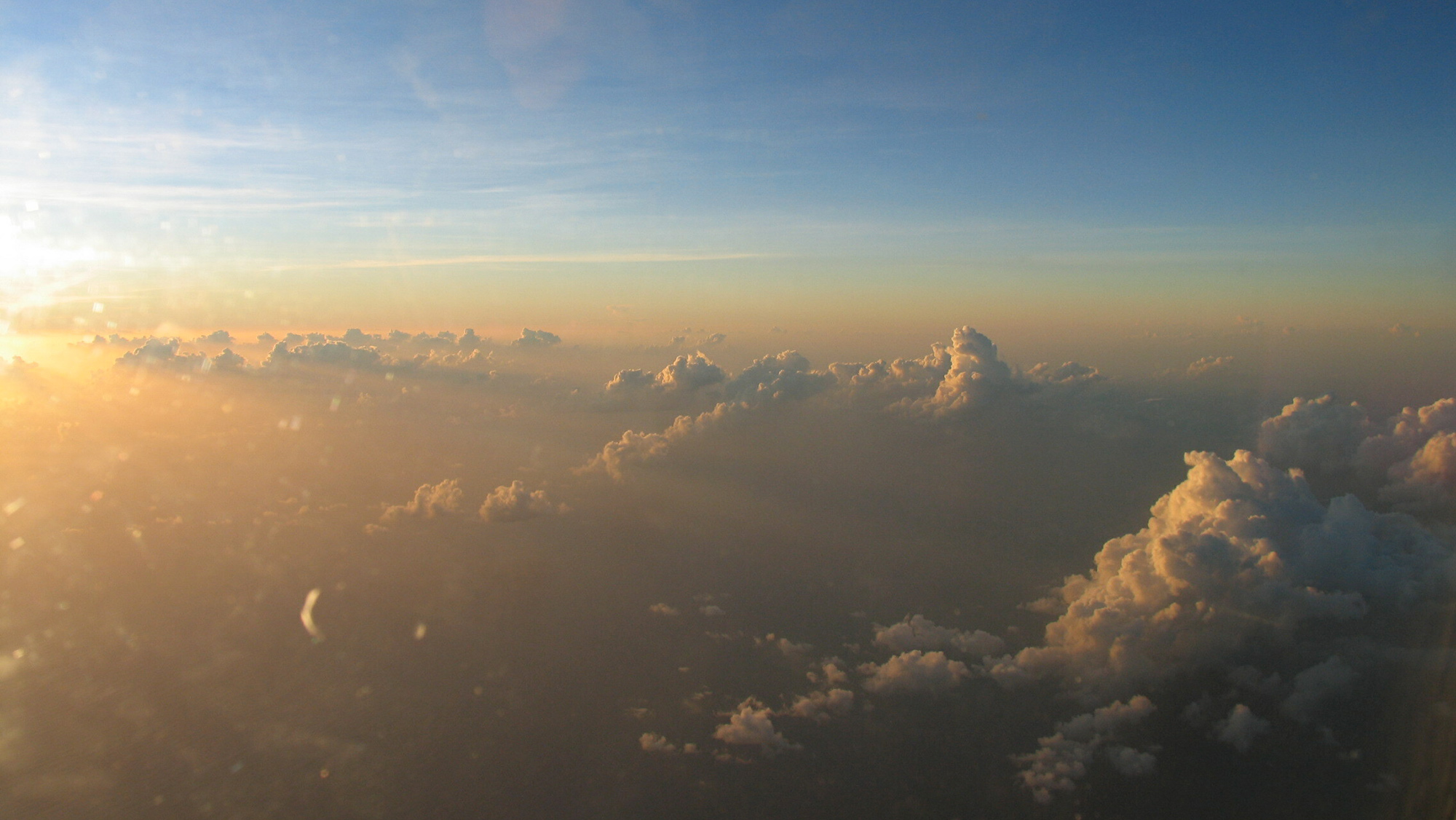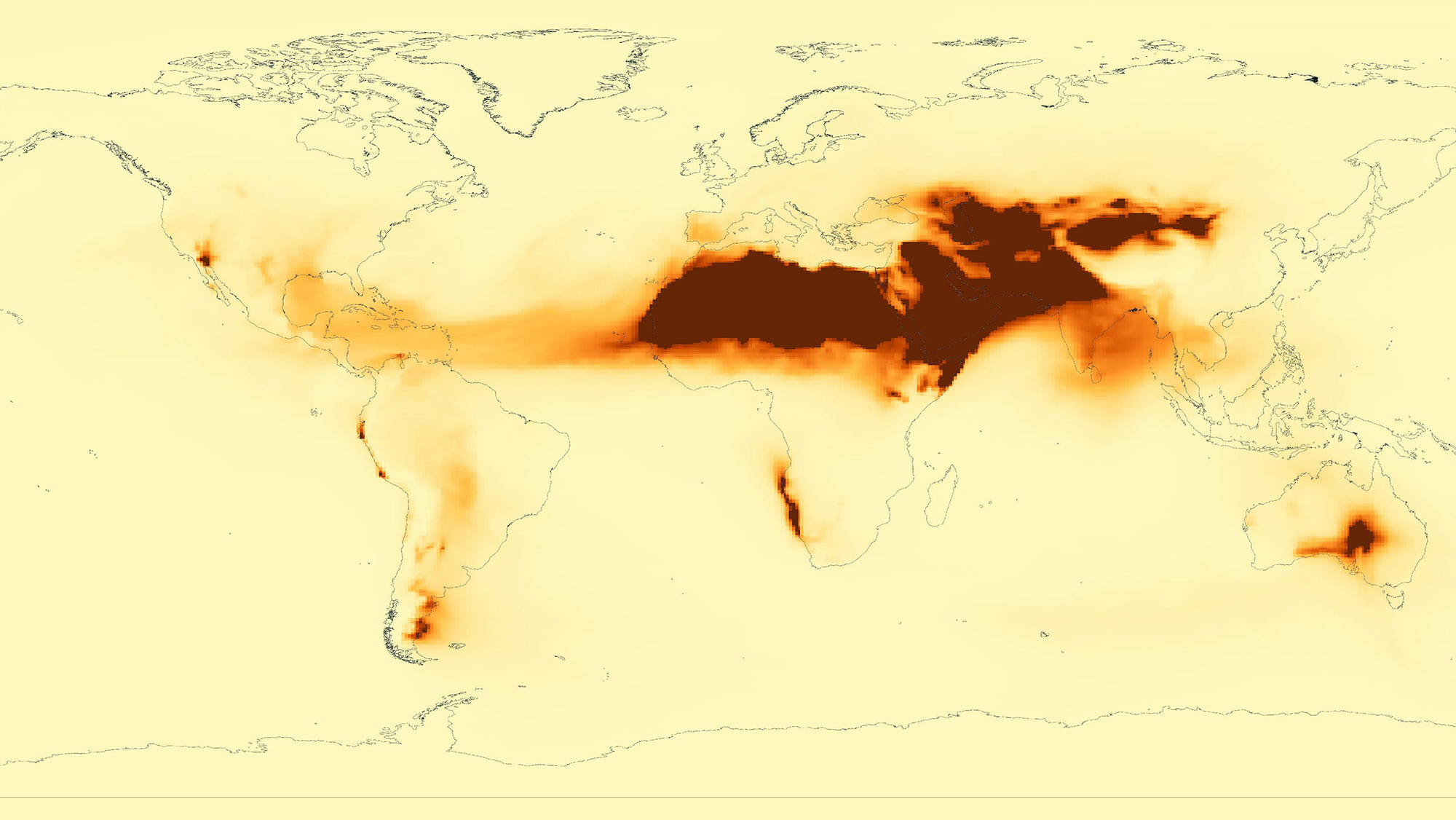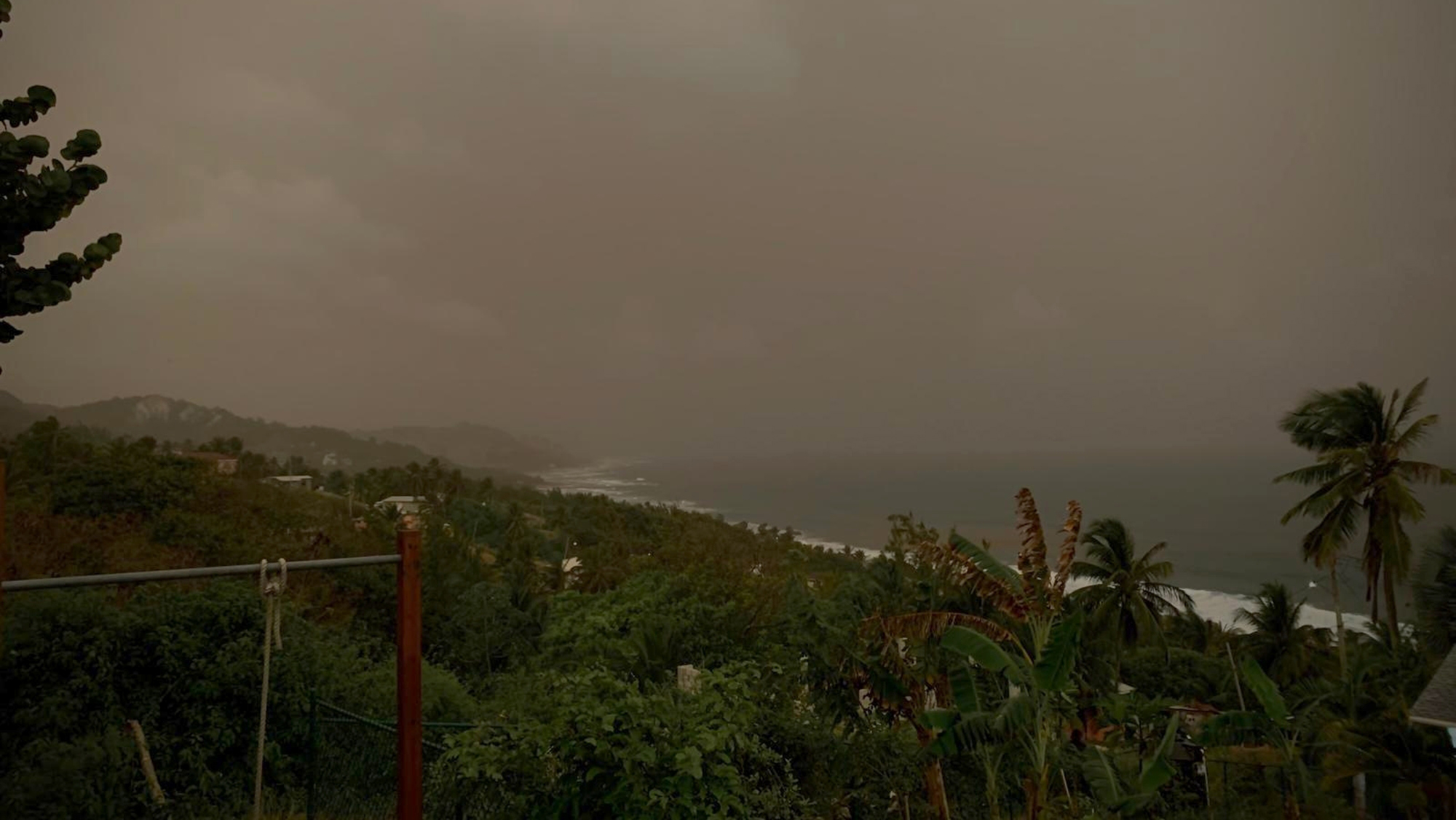
When allergy season hits, many blame their reactions on the local flora in the spring. However, African Saharan-Sahelian dust plumes, large enough to register on weather radar, travel around the globe every summer, bringing their own form of air pollution.
Dr. Shankar Chellam, professor in the Zachry Department of Civil and Environmental Engineering and A.P. and Florence Wiley Professor III at Texas A&M University, and his now former student Dr. Sourav Das have furthered previous research to identify microorganisms that might have hitched a ride in the dust plumes across the Atlantic. Dr. Daniel Spalink, assistant professor and director of S.M. Tracy Herbarium at Texas A&M, helped analyze the biology and identify bacteria and fungi in the samples.
“We all get allergies and potentially other more severe health effects when we breathe in dust, and it’s not fully known as to what causes those allergies,” said Chellam. “Some people may think it is just the sand or clay minerals in the dust. Others think it is the metals or organics in the dust, and then some think it’s the bacteria and fungi.”
Dirt, Bacteria and Fungi
This research is the first to study the association of bacteria and fungi with North American–Saharan dust storms.
“A few groups have studied bacteria and fungi in Africa and Europe, but no one has studied metals, bacteria and fungi together in an African dust event,” said Chellam.
Samples were taken during a Saharan dust event in Houston, Texas, in August 2018. Elemental, bacterial and mycobiome (fungal communities) compositions were measured.

Chellam noted that dust events can vary annually, with different elemental compositions each year. Determining the exact source of the dust that travels to Houston is challenging. Even satellite imaging of the events may not accurately pinpoint the source. Dust moves north to Europe, crosses the Atlantic and travels east to Asia. The probable source area for this study is the desert itself because images showed substantial dust clouds from the Sahara region in early August.
Spalink explained that the biodiversity of bacteria and fungi in metropolitan and industrial areas like Houston is highly dynamic, often changing daily. Many bacteria and fungi are found worldwide.
“A key takeaway from this study is that a lot of biodiversity is not scientifically described,” said Spalink. “It doesn’t have a name, it can’t be cultured, and because it can’t be cultured, it’s difficult to study.”
However, microbiota was detected by extracting DNA from filters. Meticulous sequencing techniques detected bacterial genomes from 117 families and fungal genomes from 164 families. The technique did not show whether the microbes were alive, but it did detect several pathogenic bacteria and fungi, many of which are listed in the World Health Organization’s global priority list of human pathogens.
“It doesn’t tell us if they are going to be able to infect us and make us sick,” Spalink said. “But at least the DNA of several pathogenic bacteria and fungi were identified in the African dust.”
Elemental Impact

The biodiversity of bacteria and fungi was strongly correlated to a few elements, most notably calcium. The study showed that calcium and zirconium are important for explaining bacterial and fungal beta diversity, the ratio between regional and local species diversity.
“The metals we emphasized in this study are not the same metals we emphasized in the previous study,” said Chellam.
While these elements can be found in Saharan dust, they are also found locally in Houston.
A similar caveat was found in biota detections. Over 2,000 different organic groups were detected. Only 17 increased in abundance as the Saharan dust entered Houston. All 17 of these are found worldwide, and several were detected in smaller amounts before the dust event.
“There’s a chance that you will always get some kind of correlation with some metals,” said Das. “That doesn’t mean that it’s not coming from African dust.”
Future Dust Forecasts
Future studies could expand on this work by sampling before, during and after dust storms over multiple years. Sampling could also expand geographically across dust plume travel areas.
Driving factors like climate change and other meteorological effects will also be important for future research.
“The whole dynamics of the Saharan dust coming to Houston is primarily driven by atmospheric processes,” said Das.
“This highlights the importance of having these baseline data sets,” added Spalink. “It’s really hard to predict how the biota is going to change if you don’t know what’s happened in the past or what’s happening at the present.”

Chellam explained that the biggest storm on record in Houston was measured in 2020, highlighting a potential area for future research.
“It was so big that it earned a nickname, and it is now referred to as the Godzilla dust storm,” said Chellam. “I just happened to be sampling then, so hopefully, we can get some good data and publications from that as well.”
Alyvia McEwan, one of Chellam’s undergraduate students, and Dr. Joseph Prospero, professor emeritus at the University of Miami in Florida, made significant contributions to this research. Chellam credits Prospero, who has worked on African dust since the early 70s, for inspiring his research.
“He is the guy who first brought this African dust into the scientific community’s consciousness,” Chellam said of Prospero.
McEwan is credited for a large portion of the data analysis and interpretation and for generating many of the graphical representations.
“It’s crazy how much the average human is exposed to in terms of what kinds of elements, fungi and bacteria that have all these potentials attached to them,” said McEwan.
McEwan expressed appreciation for the mentorship she received from Chellam and Spalink and the “diversity of thought” they both brought to this transdisciplinary project.